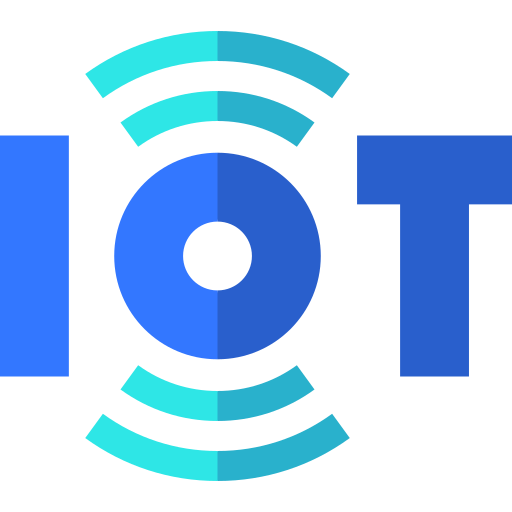Internet Of Things
Introduction
The Internet of Things (IoT) is a rapidly growing field that involves the interconnection of everyday objects and devices to the Internet, allowing them to collect, transmit, and receive data. This network of connected devices has the potential to revolutionize various industries and enhance our daily lives in numerous ways.

Key Components
This refers to the concept of connecting physical objects or “things” to the internet, enabling them to gather and exchange data with other devices and systems. These objects can range from simple household appliances to complex industrial machinery, and they are embedded with sensors, software, and network connectivity to enable communication and data exchange.
Devices & Sensors
IoT devices are equipped with various sensors (e.g., temperature, humidity, motion, GPS) that collect data about the physical world.
Connectivity
IoT devices use various communication protocols (e.g., Wi-Fi, Bluetooth, cellular, LoRa) to transmit data to the internet or other connected devices.
Cloud Computing
Data from IoT devices is often sent to cloud-based platforms for storage, processing, and analysis.
Data Analytics
Advanced data analytics and machine learning algorithms are used to extract insights from the massive amount of data generated by IoT devices.
Applications of IoT
Smart Homes
IoT enables homeowners to control and automate various aspects of their homes, such as lighting, heating, security, and appliances, using smartphones or voice commands.
Healthcare
Wearable devices and remote monitoring through IoT enhance patient care, allowing doctors to track vital signs and patients to manage chronic conditions.
Industrial IoT
In industrial settings, IoT improves efficiency, monitors equipment health, and enables predictive maintenance, reducing downtime and costs.
Smart Cities
IoT is used to optimize traffic flow, manage waste, improve energy efficiency, and enhance public safety in urban areas.

Challenges & Considerations
IoT devices are vulnerable to hacking and data breaches, raising privacy and security concerns.
Different IoT devices often use incompatible communication protocols, making integration a challenge.
The collection and use of personal data by IoT devices raise concerns about privacy.
Managing and analyzing the vast amount of data generated by IoT can be a significant challenge.
The IoT landscape is evolving, and regulations are still catching up to address issues like privacy and liability.
Benefits of IoT
IoT improves operational efficiency, reduces waste, and streamlines processes in various industries.
IoT generates vast amounts of data that can be analyzed for better decision-making and predictive maintenance.
In daily life, IoT enhances convenience by automating tasks and providing real-time information.
IoT can enhance security through surveillance systems and alert mechanisms.
IoT can contribute to sustainability efforts by optimizing resource usage and reducing energy consumption.

Start Your Business Journey Better, with SwingSoft.
Schedule a 30-minute call to discuss your business priorities and goals.